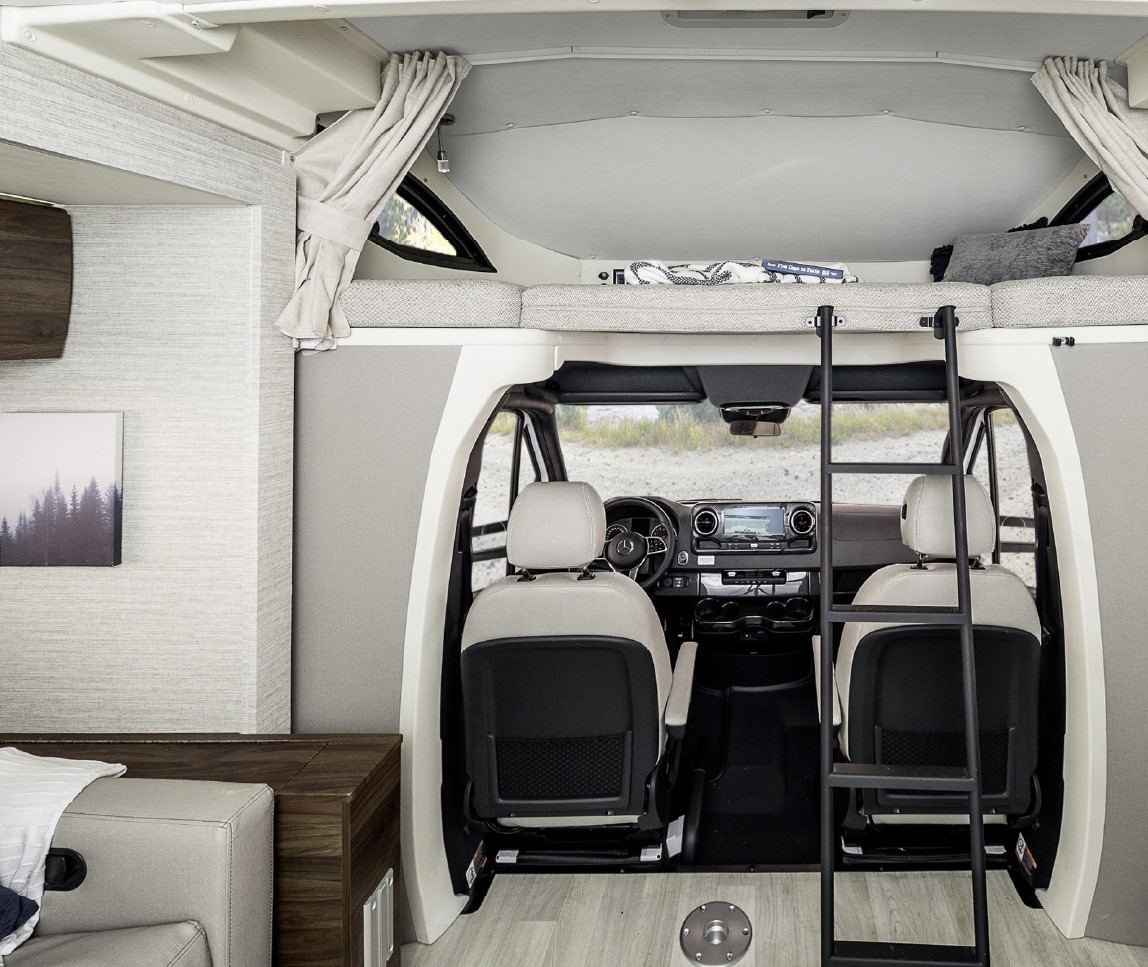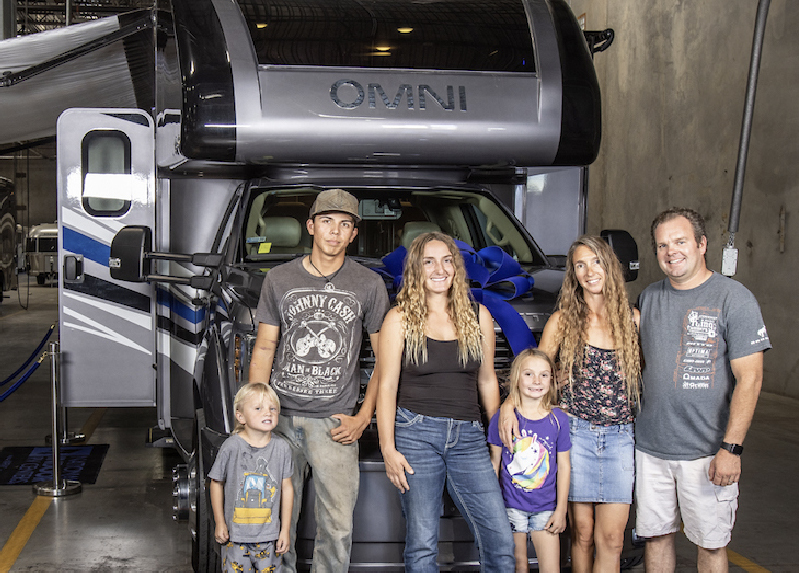You Did Not Provide Your Email To NIRVC
You have declined to provide your email address via Facebook to National Indoor RV Centers. Without providing your email, certain features
will be unavailable to you on this website. If you would like to provide your email address to gain full access to all of the
features on this website, visit
to change your app settings. Follow the steps below to allow National Indoor RV Centers to access your email address.
-
Visit
Facebook Apps and Websites
to view your authorized Facebook Apps. Find National Indoor RV Centers in your Active Apps and Websites and remove it.
-
Return to National Indoor RV Centers at https://www.nirvc.com/
-
Choose "Logout" from the Customer drop down menu
-
Login again using Facebook. When granting access to NIRVC, click "Edit This" and ensure that "Email Address" is checked.
After completing the steps above, all of the features of the National Indoor RV Centers website will be available to you.










